Heads up – Massive Sports Tech Holiday Deals List is Live!!! The Garmin Fenix 8 is $250 off (even the Fenix 8 Pro is $100 off!), the Apple Watch Ultra 3 is on sale, the Garmin inReach Mini 2 is $249, the GoPro Hero 13 Black, DJI NEO, and a ton of other brands/deals, including Wahoo, Oura, Whoop, Polar, Samsung, Google, and more than 100 sports tech deals here!
I’m DC RAINMAKER…

I swim, bike and run. Then, I come here and write about my adventures. It’s as simple as that. Most of the time. If you’re new around these parts, here’s the long version of my story.

You'll support the site, and get ad-free DCR! Plus, you'll be more awesome. Click above for all the details. Oh, and you can sign-up for the newsletter here!
Here’s how to save!
Wanna save some cash and support the site? These companies help support the site! With Backcountry.com or Competitive Cyclist with either the coupon code DCRAINMAKER for first time users saving 15% on applicable products.
You can also pick-up tons of gear at REI via these links, which is a long-time supporter as well:Alternatively, for everything else on the planet, simply buy your goods from Amazon via the link below and I get a tiny bit back as an Amazon Associate. No cost to you, easy as pie!
You can use the above link for any Amazon country and it (should) automatically redirect to your local Amazon site.
While I don't partner with many companies, there's a few that I love, and support the site. Full details!

Want to compare the features of each product, down to the nitty-gritty? No problem, the product comparison data is constantly updated with new products and new features added to old products!

Wanna create comparison chart graphs just like I do for GPS, heart rate, power meters and more? No problem, here's the platform I use - you can too!

Think my written reviews are deep? You should check out my videos. I take things to a whole new level of interactive depth!

Smart Trainers Buyers Guide: Looking at a smart trainer this winter? I cover all the units to buy (and avoid) for indoor training. The good, the bad, and the ugly.
-
Check out my weekly podcast - with DesFit, which is packed with both gadget and non-gadget goodness!

Get all your awesome DC Rainmaker gear here!
FAQ’s
I have built an extensive list of my most frequently asked questions. Below are the most popular.
- Do you have a privacy policy posted?
- Why haven’t you yet released a review for XYZ product you mentioned months ago?
- Will you test our product before release?
- Are you willing to review or test beta products?
- Which trainer should I buy?
- Which GPS watch should I buy?
- I’m headed to Paris – what do you recommend for training or sightseeing?
- I’m headed to Washington DC – what do you recommend for training?
- I’m from out of the country and will be visiting the US, what’s the best triathlon shop in city XYZ?
- What kind of camera do you use?
-
5 Easy Steps To The Site
In Depth Product Reviews
You probably stumbled upon here looking for a review of a sports gadget. If you’re trying to decide which unit to buy – check out my in-depth reviews section. Some reviews are over 60 pages long when printed out, with hundreds of photos! I aim to leave no stone unturned.
Read My Sports Gadget Recommendations.
Here’s my most recent GPS watch guide here, and cycling GPS computers here. Plus there are smart trainers here, all in these guides cover almost every category of sports gadgets out there. Looking for the equipment I use day-to-day? I also just put together my complete ‘Gear I Use’ equipment list, from swim to bike to run and everything in between (plus a few extra things). And to compliment that, here’s The Girl’s (my wife’s) list. Enjoy, and thanks for stopping by!
Have some fun in the travel section.
I travel a fair bit, both for work and for fun. Here’s a bunch of random trip reports and daily trip-logs that I’ve put together and posted. I’ve sorted it all by world geography, in an attempt to make it easy to figure out where I’ve been.
My Photography Gear: The Cameras/Drones/Action Cams I Use Daily
The most common question I receive outside of the “what’s the best GPS watch for me” variant, are photography-esq based. So in efforts to combat the amount of emails I need to sort through on a daily basis, I’ve complied this “My Photography Gear” post for your curious minds (including drones & action cams!)! It’s a nice break from the day-to-day sports-tech talk, and I hope you get something out of it!
The Swim/Bike/Run Gear I Use List
Many readers stumble into my website in search of information on the latest and greatest sports tech products. But at the end of the day, you might just be wondering “What does Ray use when not testing new products?”. So here is the most up to date list of products I like and fit the bill for me and my training needs best! DC Rainmaker 2024 swim, bike, run, and general gear list. But wait, are you a female and feel like these things might not apply to you? If that’s the case (but certainly not saying my choices aren’t good for women), and you just want to see a different gear junkies “picks”, check out The Girl’s Gear Guide too.



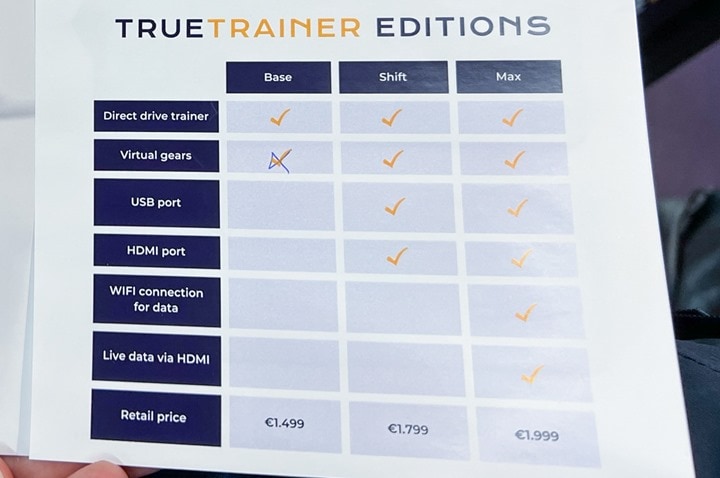
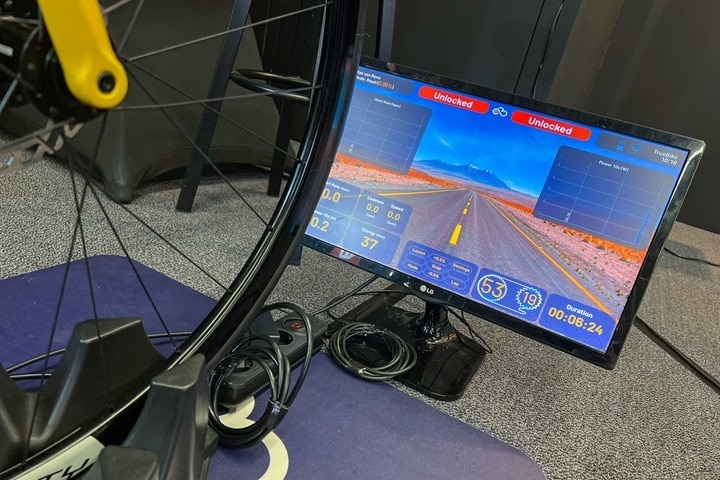
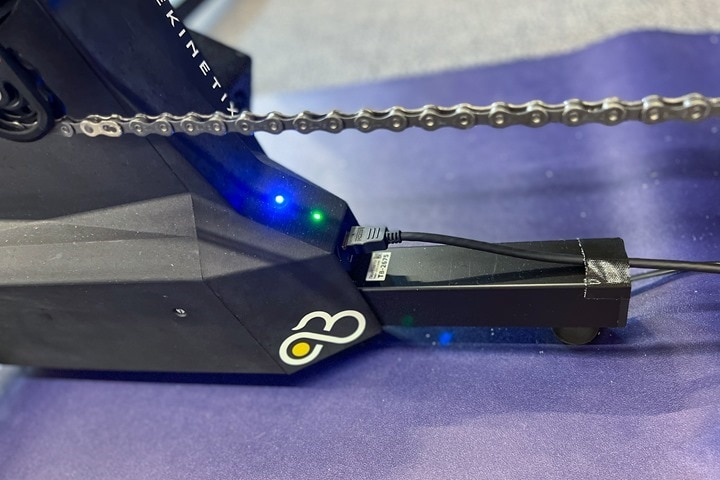
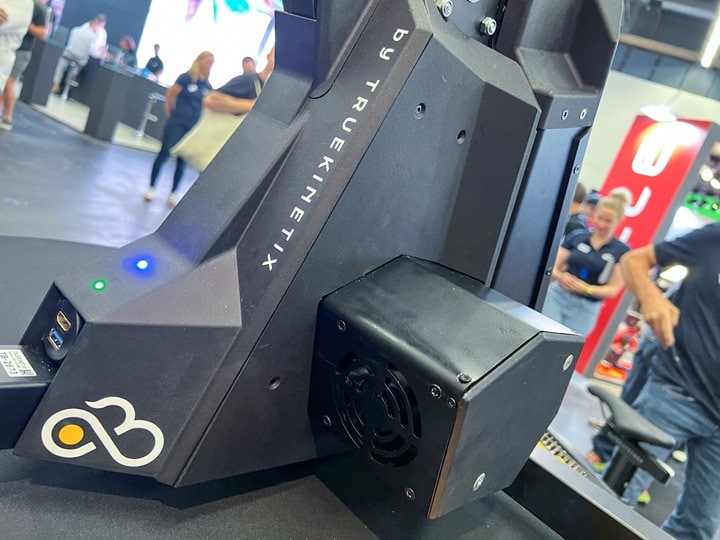
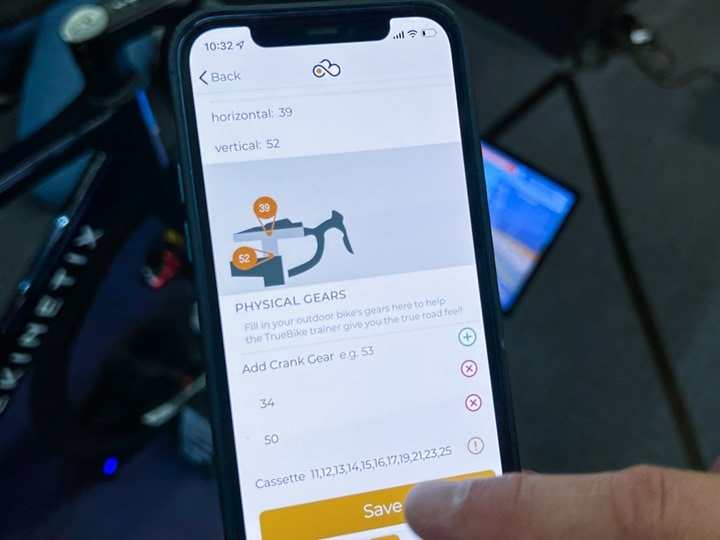
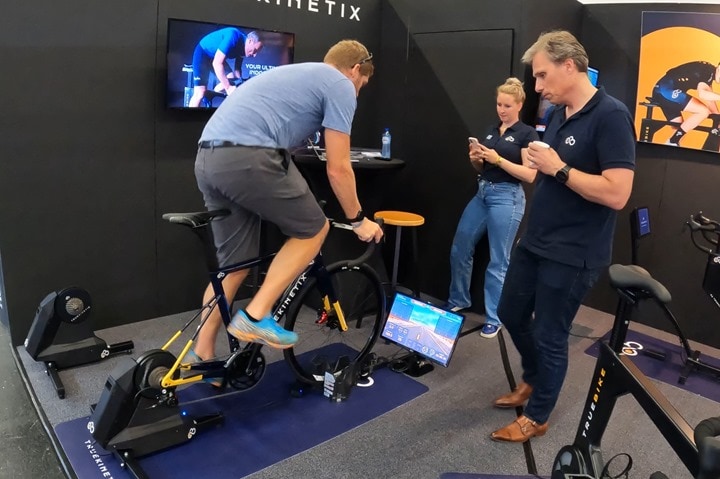
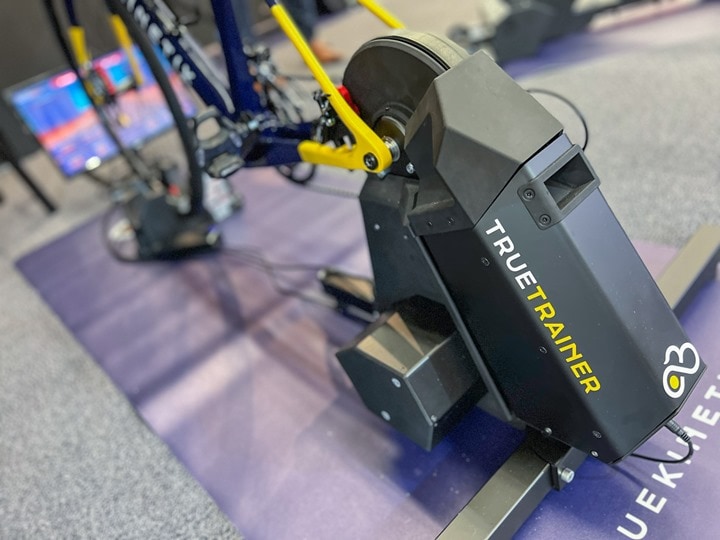




















Are there any other trainers with claimed accuracy of .5% (or power meters, for that matter)?
The use I see for virtual gears:
A lot of people ride their old bikes indoor. Let’s say you got one with an 11-28 cassette (or even smaller spread) and want to do a really hilly uphill race. You now can simulate that the bike has an 11-42! Your physical hearing stays the same, but the trainer reduces the power you have to put out and the distance you cover per Revolution to simulate a gear ration wich is smaller than 1:1.
Yup…
Power = Torque X RPM
if you are stuck in your biggest rear gear and going up a simulated hill you will be grinding away at low RPM and high torque to meet the power requirement. With a virtual gear the trainer can back off on the torque required and let you pedal faster… and get the same power output. This is no different than the difficulty setting in Zwift… except in zwift it’s applied the same across all your gears. I presume the feature for this trainer would allow you to essentially set the difficulty per gear on your cassette… So 11 stays 11, but that 28 becomes a 34…
This looks pretty cool…which I was a better cyclist to take advantage of the features.
As far as the new features and whether they are worthwhile…bigger companies look at this and the finance department says “No…not enough ROI”. Small companies do the feature(s) to stand out and see what people are really interested in paying to use. I look at the feature list comparison and I see inexpensive, commodity parts and software. If one or two employees have the software chops, I think this is a no brainer.
Now…distribute to the USA.
I think the problem TrueKinetix have is that they’ve come along with a USP of ‘road feel’, but the primary channel for us to get information about trainers is run by a guy who doesn’t really have a nuanced feel for road feel.
Ray is primary psychologically telling us that he always feels like he’s “inside staring at a screen” and he doesn’t seem to have a strong opinion about the different feels the trainers claim. Which is fair enough, I’m not saying he’s wrong or his reviews are lacking – it’s just clearly not something Ray has ever written a review and said “The acme trainer is my best buy because they’ve nailed the cycling feel – it’s like I’m cycling up a real mountain!” or whatever.
But then along come this company with a product that’s basically saying “we’re using science to create road feels..it’s much better” – and, unless you have a lot of reviewers who have strong opinions about road feel who are nodding and saying what a game changer it is, well, it’s dead in the water – because we’re just going to keep buying Wahoo and Tacx.
Because everything else about this trainer is going to be worse – it’s more expensive, it’s support is going to be worse, it’s availability is sketchy we have no idea about the longevity or issues (and remember tacx neo and wahoo have had plenty of these along the way)….unless they can sell enough to start to become competitive it all hinges on their USP of using a motor which they claim creates a better road feel – but I imagine Ray is like “Meh, it feels ok but not better than anything else and I feel like I’m inside staring at a screen” right?
Yeah I mean just to add
– The lowliest price unit that loses a bunch of the features even discounted is over £700, that doesn’t include any zwift year or even free delivery. If you’re in the UK you have to pay custom charges on top – and it doesn’t include a cassette etc etc.
It would have to be the best feeling trainer in the world to be worth all that. Compared with just buying a Wahoo kickr core + free cassette + year of zwift – and if you consider their pricier options with hdmi outputs and usb etc you could use the money towards stuff you actually need like a fan, a laptop etc.
if in 5 years time the industry has decided motors are the new flywheels and every new model direct drive has one it’ll be a thing, but this trainer isn’t the answer.
It seems that TrueKinetix went into insolvency in April 2025. I bought one in June 2024 and it’s had the best feel of any trainer I’ve used, but it stopped working today (13 September 2025). Now it’s a very expensive and very heavy piece of junk that I’ll have to throw away. Not great when things like this happen
That’s my understanding as well. Have you tried reaching out?